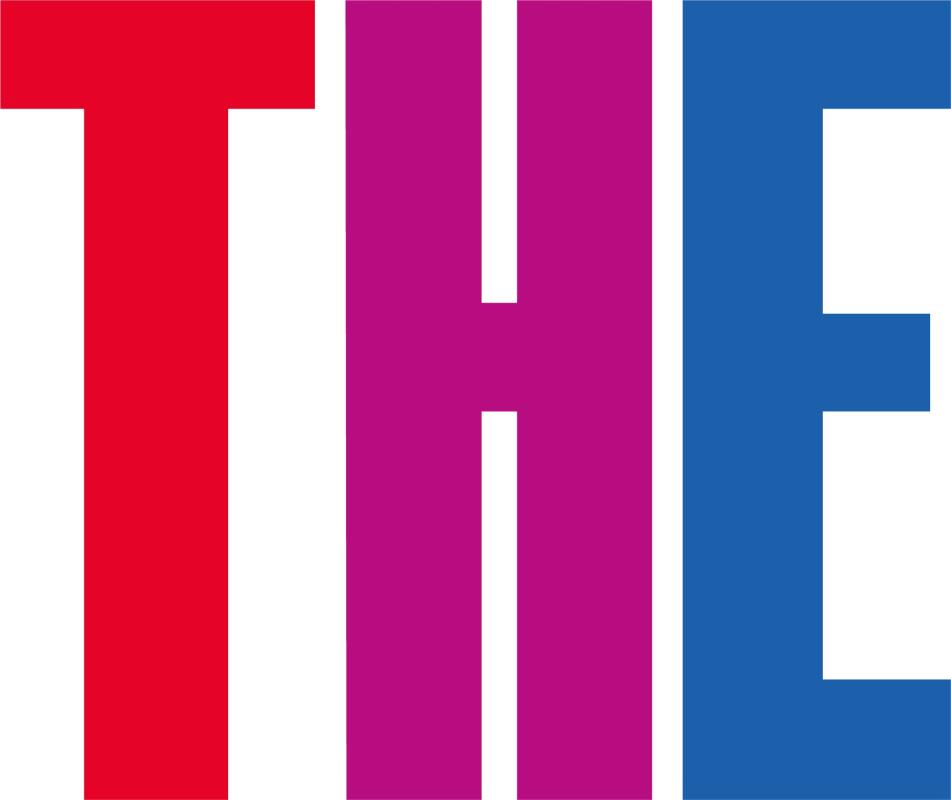You have /5 articles left.
Sign up for a free account or log in.
The United States’ innovation rate would quadruple if universities could deliver societywide equity in education, Harvard University economist Raj Chetty has calculated.
 Chetty, a professor of public economics at Harvard known for his data-driven examinations of societal inequity, opened the Times Higher Education World Academic Summit with a look at how the sector is contributing to the problem.
Chetty, a professor of public economics at Harvard known for his data-driven examinations of societal inequity, opened the Times Higher Education World Academic Summit with a look at how the sector is contributing to the problem.
Examples covered by his presentation included a variety of ways that societal advantages—in wealth, race and gender—still play out in career success in the U.S., such as students being more than twice as likely to become a patent-holding inventor if their family was in the top fifth of incomes than if it was not.
More generally, Chetty said, students born to the wealthiest U.S. families have a nearly 100 percent likelihood of going to college. Those born to the poorest families have about a 30 percent chance.
“Higher education is actually not on net a great engine of economic opportunity,” said the professor, one of the youngest tenured faculty in the history of Harvard’s department of economics. “It’s actually serving to stratify society.”
During its three days, Times Higher Education’s chief annual gathering, hosted this year by New York University, featured worldwide academic leaders exploring the ability of the sector to meet rising societal demands in the aftermath of COVID-19.
Chetty led it off with some stark reminders, particularly for the sector’s more elite institutions, about their overall shortfalls on equity, noting that advantages conveyed through education have major persistence across generations.
He listed leading potential solutions for universities to consider, such as programs that encourage low-income students to apply, revisiting the practice of favoritism in admissions for children of alumni and increasing student financial aid.
Another analysis showed that among students scoring at least 1500 on the SAT, most have about a 20 percent chance of gaining acceptance from an “Ivy-plus” institution. Those odds, however, jump rapidly for students from families in the top one-fifth of incomes, reaching about 50 percent odds of entry for students from the highest-income families. That kind of inequity, Chetty said, can be addressed by institutions in their admissions processes.
Chetty also held out successful examples, with one list showing the top U.S. colleges as measured by the percentage of students who come from families in the nation’s bottom fifth by income who ended up in the top fifth. Topping that list by a wide margin is California State University, Los Angeles, with about 10 percent of its students making that leap.
Even that perspective got some pushback at the summit, over questions of the wisdom of promoting income-based measures of student success. “It will inevitably privilege those careers that give you access to the 1 percent,” Gabrielle Starr, the president of Pomona College, said in recalling Chetty’s analysis at a subsequent session of the conference.
In response, Chetty told THE that he agreed with Starr “that money is not the only yardstick for success” for students. “But other outcomes of interest—health, innovation, etc.—are often correlated with money,” he said, “and at least at the lower end of the income distribution, achieving a better life in terms of living standards is often a priority for students attending college.”








